Peppermint dry is a versatile herb with concentrated flavor and numerous practical applications. This guide provides essential information on selecting, storing, and using dried peppermint effectively for culinary, health, and DIY purposes. Discover how to maximize its benefits while avoiding common mistakes.

What is Peppermint Dry?
Dried peppermint is the dehydrated leaves of the Mentha × piperita plant, offering a more concentrated flavor profile and longer shelf life than fresh mint. Its high menthol content delivers a signature cooling sensation that enhances both sweet and savory dishes.
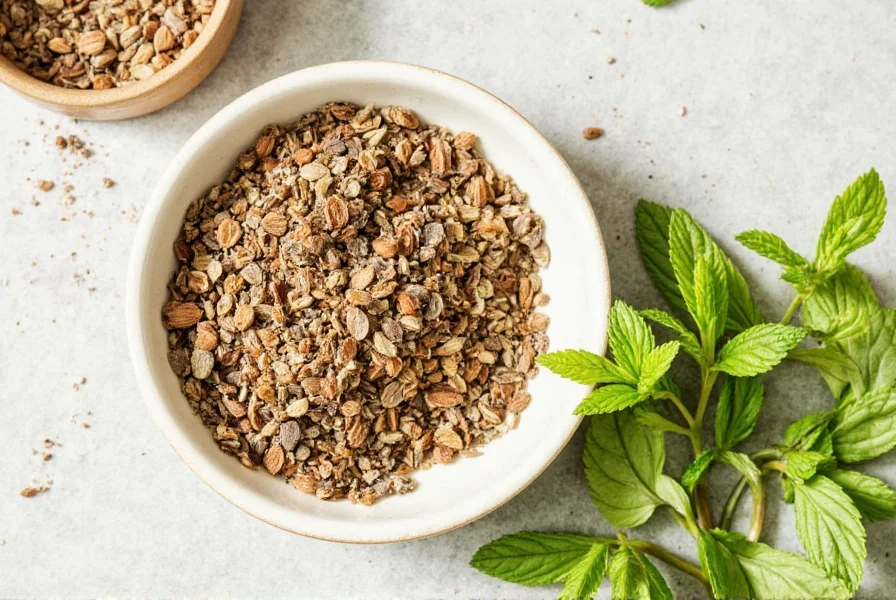
| Aspect | Fresh Peppermint | Dried Peppermint |
|---|---|---|
| Shelf Life | 1–2 weeks (refrigerated) | 6–12 months (properly stored) |
| Flavor Intensity | Mild, bright | Concentrated, bold |
| Convenience | Needs washing, chopping | Ready to use, no prep |
| Ideal For | Cocktails, garnishes, cold dishes | Baking, tea, long-cook recipes |
Flavor Profile & Primary Uses
The signature flavor of dried peppermint comes from its high menthol content, delivering a sharp, clean bite that lingers on the tongue. This makes it perfect for balancing rich flavors or adding a refreshing note to various applications.
- Teas: Steep 1 tsp of dried leaves in boiling water for 5–7 minutes for a soothing, caffeine-free drink.
- Baked Goods: Add crushed dried mint to cookies, brownies, or frostings for a mint-chocolate twist.
- Savory Dishes: Pair with lamb, potatoes, or roasted vegetables for a refreshing counterpoint.
- Health Applications: Use in herbal remedies for digestive relief and headache management.
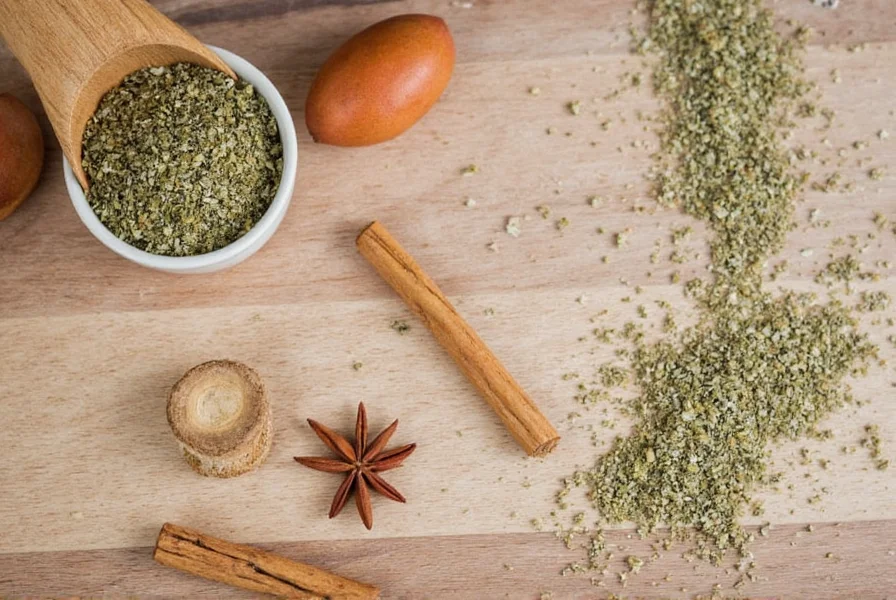
Buying Guide: How to Choose Quality Dried Peppermint
Not all dried peppermint is created equal. Follow these guidelines to select the best product:
- Color: Look for vibrant green leaves — dull or brownish color indicates age or poor drying process.
- Smell: The aroma should be strong and fresh, not musty or stale.
- Leaf Integrity: Whole leaves retain flavor better than broken bits or powder.
- Source: Organic options are preferred to avoid pesticides and ensure purity.
| Product Name | Best For | Key Features | Price Range |
|---|---|---|---|
| Nature's Way Organic Peppermint | Tea lovers | Certified organic, whole leaves, easy brew bags | $8–$10 / 2 oz |
| Frontier Co-op Cut & Sifted Peppermint | Cooks & bakers | Pure, non-irradiated, great for mixing into doughs | $5–$7 / 4 oz |
| Now Foods Peppermint Leaf | Home remedy makers | High in essential oils, ideal for infusions and tinctures | $6–$9 / 1 lb |
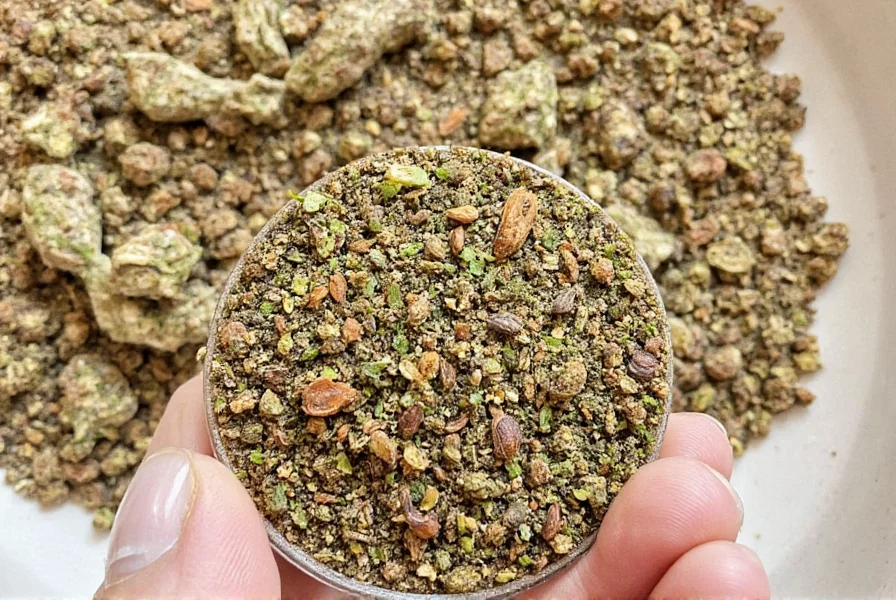
Storage Secrets for Maximum Freshness
Proper storage is key to preserving the flavor and aroma of dried peppermint:
- Airtight Containers: Transfer from flimsy packaging to glass jars or sealed plastic containers.
- Dark, Cool Place: Store away from sunlight and heat sources to prevent oxidation.
- Label and Date: Track purchase date — use within 6–12 months for best results.
- Avoid Moisture: Never store near the stove or dishwasher — humidity ruins dried herbs quickly.
Do Not:
- Store in clear plastic bags
- Keep next to strong-smelling spices like garlic or cumin
- Leave open after opening package
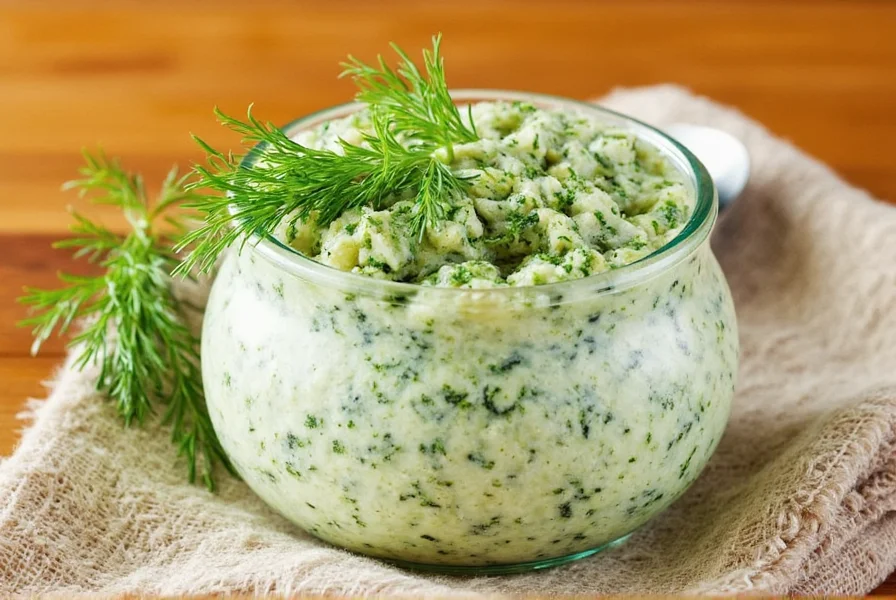
Health Benefits of Dried Peppermint
Beyond culinary uses, dried peppermint offers scientifically-backed health benefits:
- Relieves Digestive Issues: Menthol relaxes gastrointestinal muscles, reducing symptoms of indigestion, bloating, and IBS.
- May Ease Headaches: Applying peppermint oil to temples may help relieve tension headaches.
- Antioxidant Powerhouse: Packed with polyphenols that combat oxidative stress.
- Anti-inflammatory Properties: Helps reduce inflammation and muscle soreness when applied topically or consumed as tea.
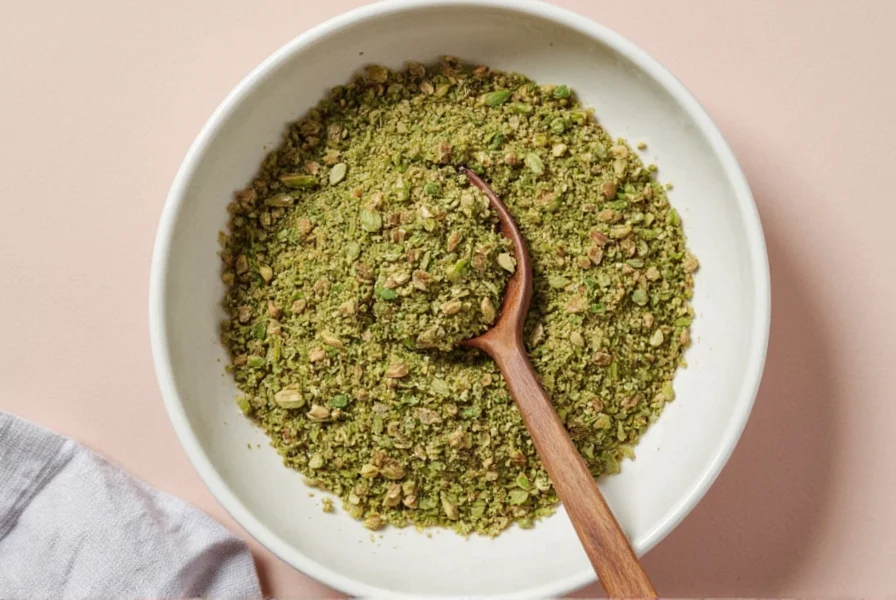
Common Mistakes to Avoid
Even experienced users can make errors with dried peppermint:
- Overuse: Too much can overpower a dish — start with small amounts and adjust to taste.
- Adding Too Early in Cooking: Mint loses potency when cooked too long — stir into sauces or sprinkle on finished dishes.
- Ignoring Compatibility: Peppermint doesn't always pair well with citrus or floral flavors without careful balancing.
- Using Stale Herbs: If it smells weak or dusty, replace it — old herbs won't deliver the expected flavor.
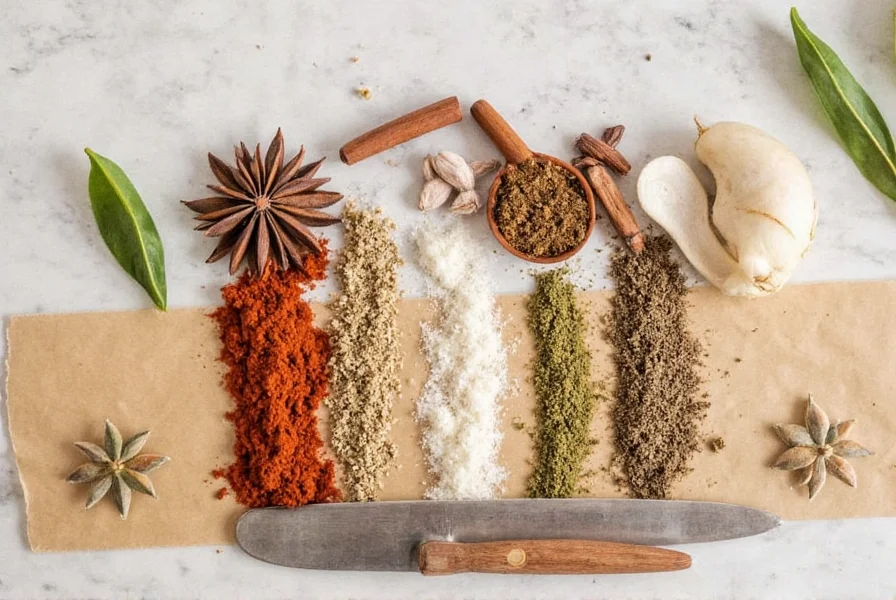
Frequently Asked Questions
Can I substitute fresh mint for dried peppermint?
Yes, but use 3 times the amount of fresh mint compared to dried, since fresh has more water and less intensity.
Is dried peppermint safe for kids?
In moderate amounts, yes — especially in foods and teas. However, avoid applying peppermint oil directly to children under 6 years old.
How can I tell if my dried peppermint has gone bad?
If it looks brownish, smells musty, or lacks aroma, it's time to replace it.
Can I grow and dry my own peppermint at home?
Absolutely! Harvest before flowering, wash and pat dry, then hang in bundles or spread on baking sheets in a cool, dry place.
How long does dried peppermint stay fresh?
When properly stored in an airtight container away from light and moisture, dried peppermint maintains its best flavor for 6-12 months. After this period, it won't necessarily spoil but will gradually lose its potency and aroma.
What's the difference between peppermint and other mint varieties when dried?
Peppermint has the highest menthol content among mint varieties, giving it that signature cooling sensation. Spearmint, the other common variety, has a sweeter, milder flavor with less menthol. When dried, peppermint retains its strong, bold flavor better than many other mint types.
Can dried peppermint help with digestion?
Yes, peppermint has been traditionally used to soothe digestive issues. The menthol in peppermint helps relax gastrointestinal muscles, which can relieve symptoms of indigestion, bloating, and irritable bowel syndrome (IBS). For best results, steep 1-2 teaspoons of dried peppermint in hot water for 5-10 minutes to make a therapeutic tea.
Conclusion
Dried peppermint is a versatile ingredient that enhances both culinary creations and wellness routines. With proper selection, storage, and usage techniques, this powerful herb can deliver consistent flavor and health benefits. Whether you're making tea, cooking, or creating natural remedies, dried peppermint is a valuable addition to any kitchen or wellness toolkit.
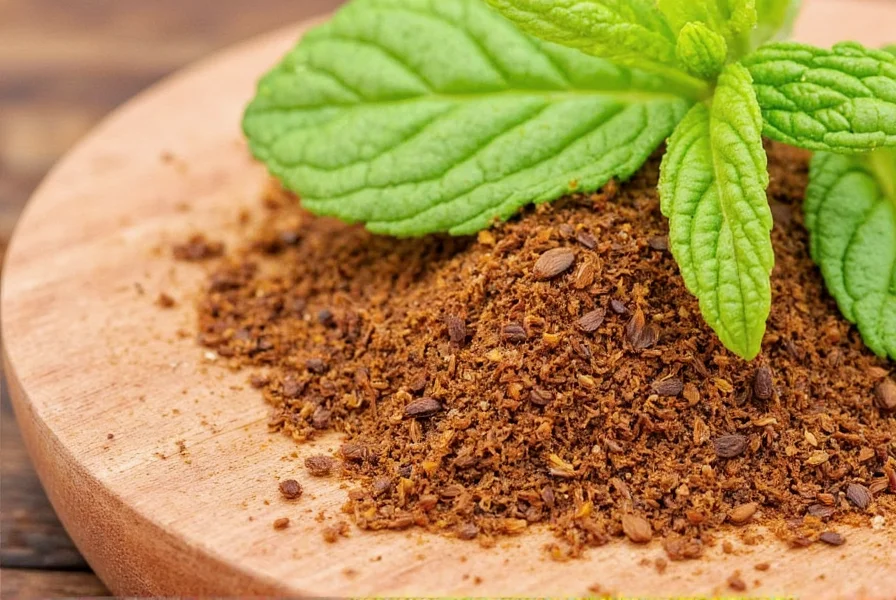

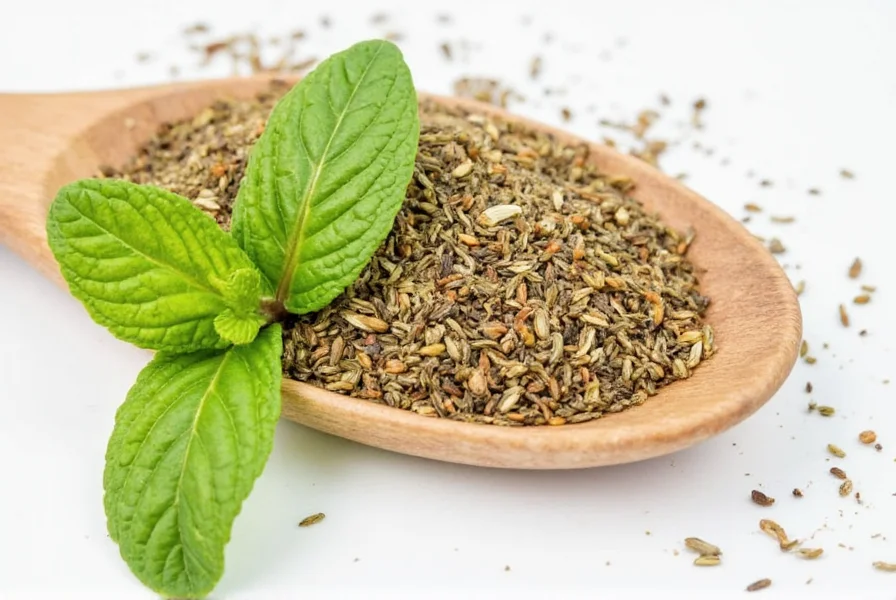









 浙公网安备
33010002000092号
浙公网安备
33010002000092号 浙B2-20120091-4
浙B2-20120091-4